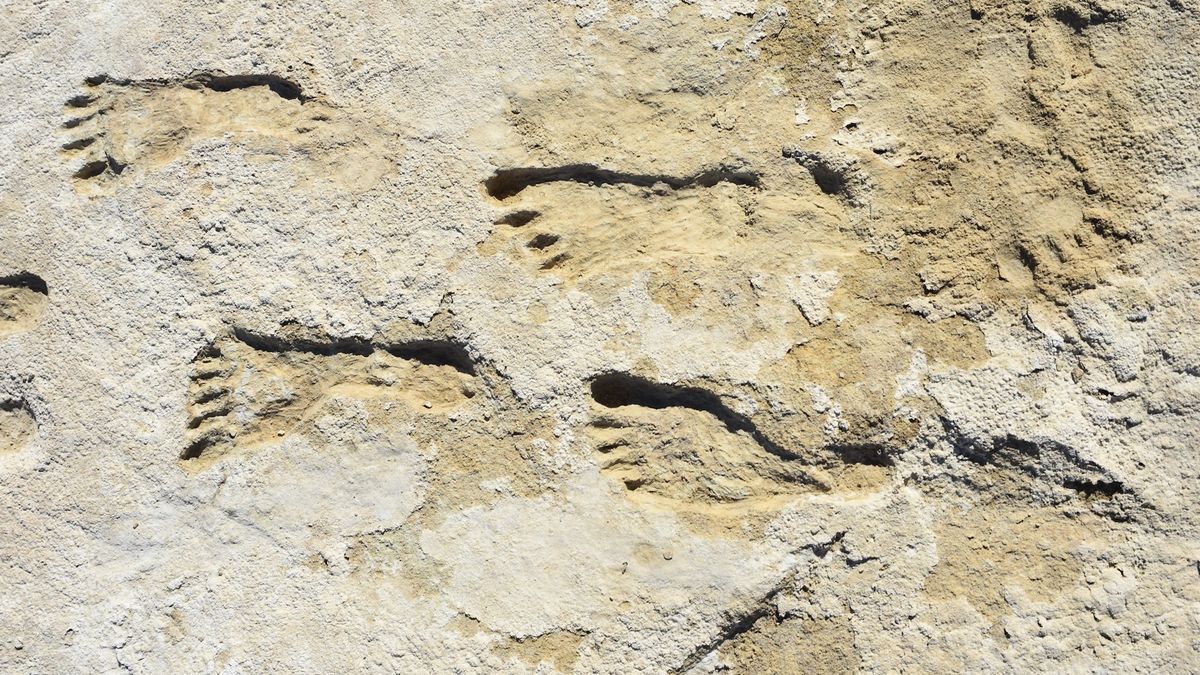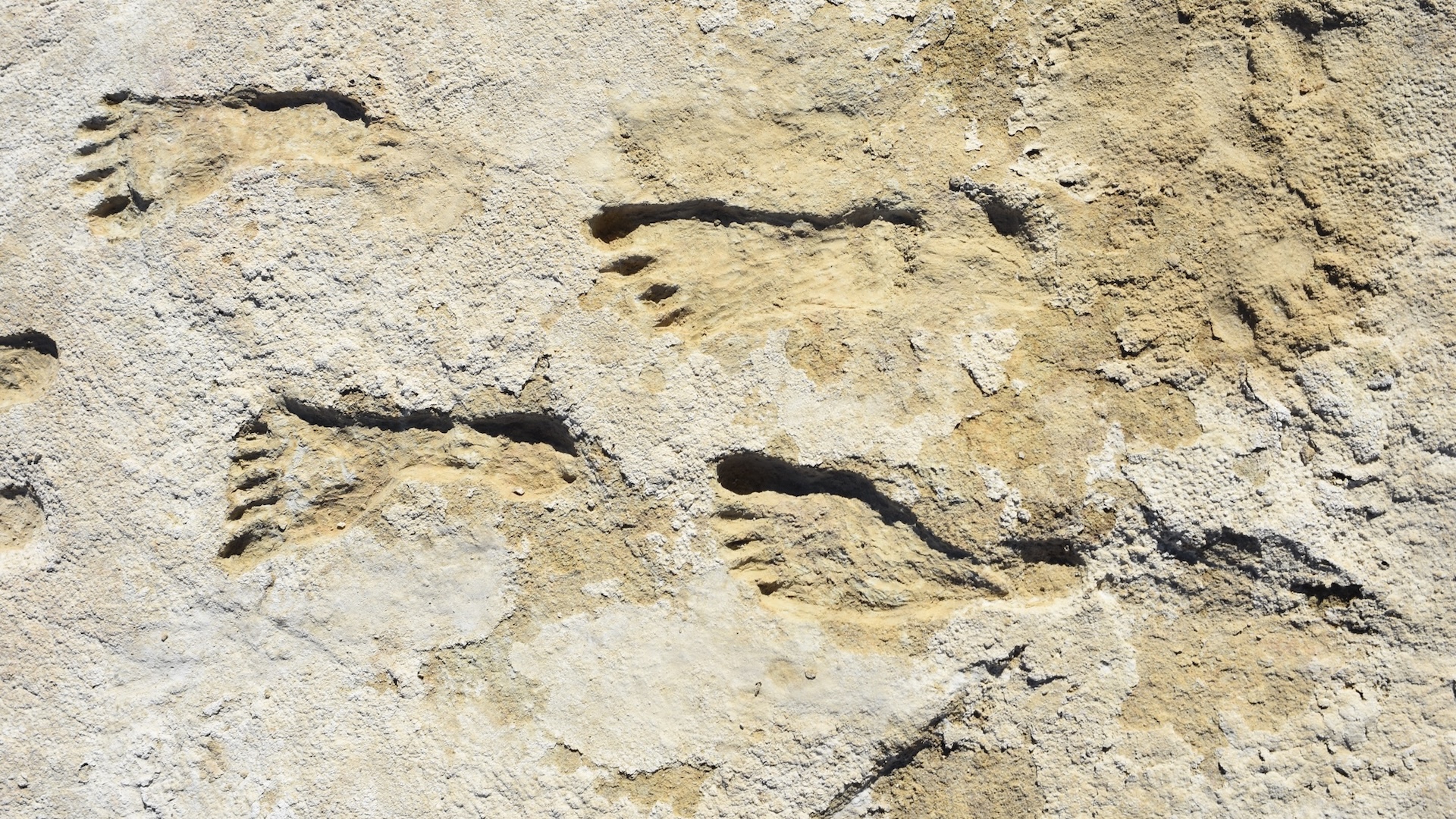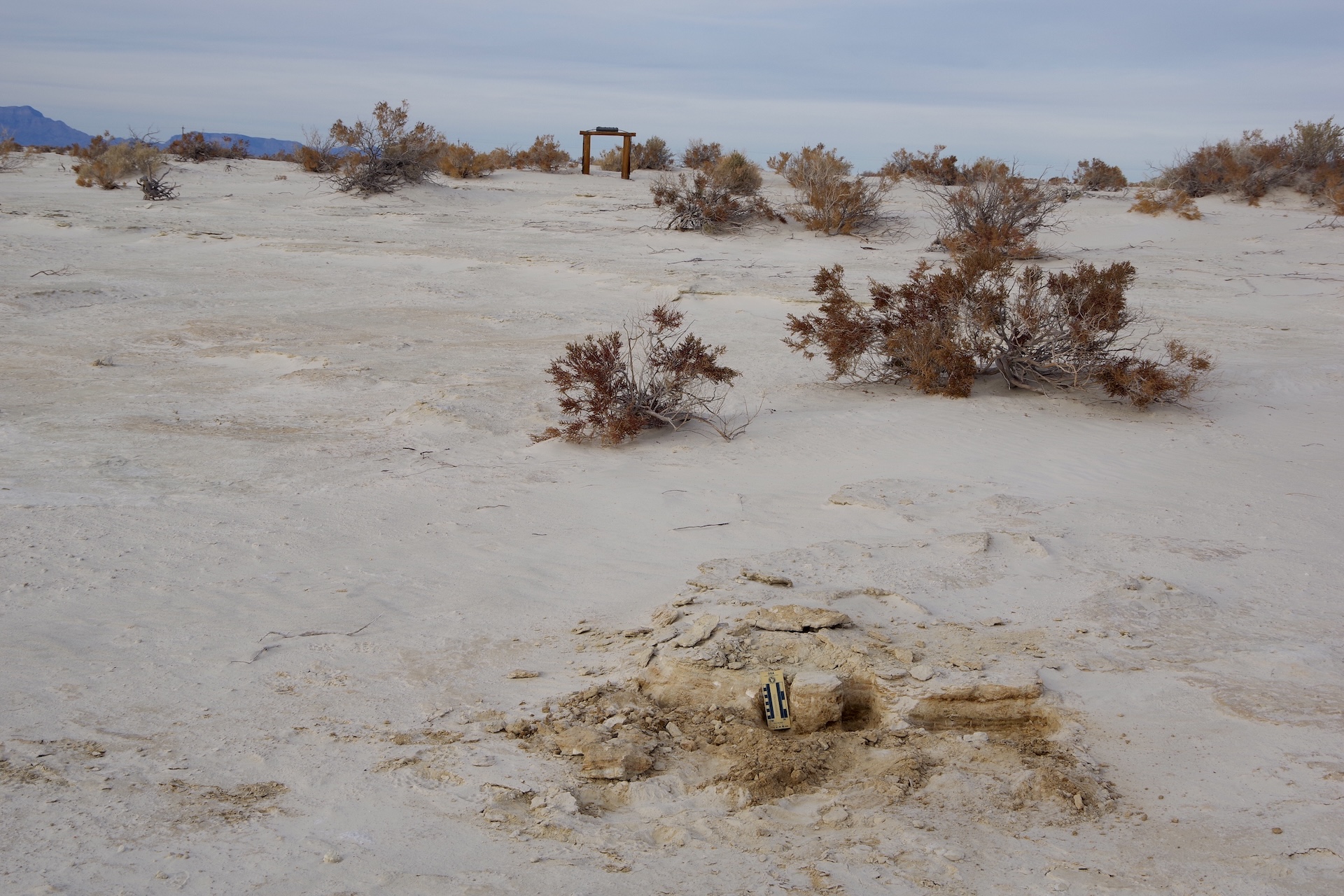Now Reading: New Evidence Suggests Human Presence in Americas 23,000 Years Ago
-
01
New Evidence Suggests Human Presence in Americas 23,000 Years Ago
New Evidence Suggests Human Presence in Americas 23,000 Years Ago

Rapid Summary
- Revelation: Researchers reaffirmed that ancient human footprints found at White Sands National Park, New Mexico, date to between 21,000 and 23,000 years ago during the Last Glacial Maximum.
- Dating Techniques: The footprints were dated using radiocarbon dating of organic sediments and optically stimulated luminescence (OSL) dating of quartz grains. Multiple labs verified these methods.
- Significance: If confirmed as accurate, the findings challenge earlier beliefs about humans arriving in North America only around 13,000 years ago (Clovis culture), suggesting Indigenous people came much earlier.
- Debate: Despite new evidence, skepticism remains due to concerns about carbon source contamination from underwater plants like Ruppia cirrhosa used in initial samples.
- landscape Details: During this period,the area was a vast wetland near ancient Lake Otero inhabited by ice age animals and hunter-gatherers.
- Outstanding Questions: Critics question the absence of artifacts or settlements linked to these early humans and raise doubts about the origins of carbon content.

Image Credit: Courtesy of david Bustos/White Sands National Park

Image Credit: Photo by Vance Holliday
Indian Opinion Analysis
This discovery sheds light on humanity’s migration patterns during global climatic extremes and has far-reaching implications for understanding prehistoric cultures worldwide. for India specifically-home to several archaeological sites such as Bhimbetka with ancient human activity-the research highlights how technological advancements like OSL dating refine timelines critical for unraveling our own ancestral history.
The ongoing debate over scientific methodologies reminds us that interpretations are subject to revision as new evidence emerges-a sentiment echoed in Indian archaeological studies where debates persist over timelines related to Harappan civilization or pre-historic Stone Age artifacts found across regions. Moreover, questions raised regarding this study’s findings emphasize a broader issue in archaeology globally-the need for interdisciplinary approaches combining hard data with contextual clues such as settlements or cultural relics.India can consider leveraging detailed scientific frameworks validated here while also ensuring rigor around contested claims within its archaeological domain-a prudent strategy reflecting both curiosity-driven inquiry and caution against premature conclusions regarding heritage narratives.




























